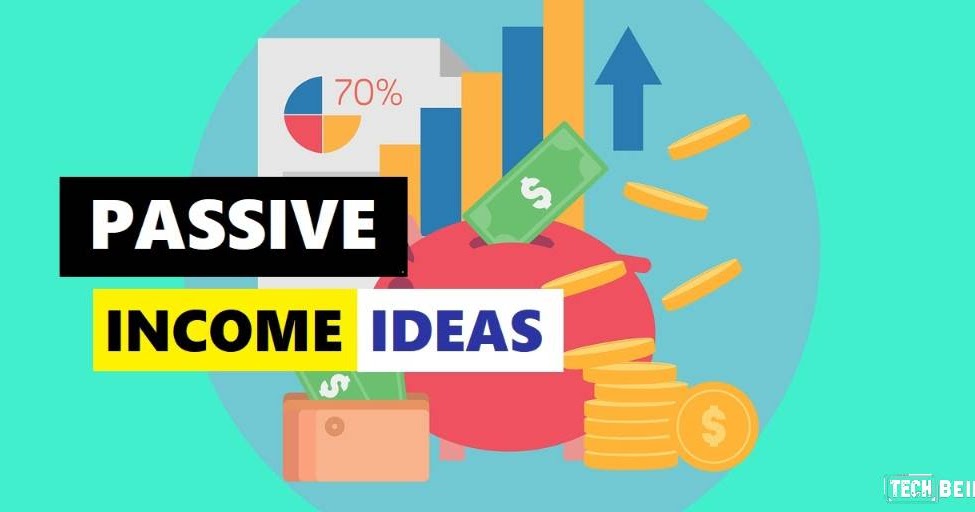Saving money can be difficult. Especially if you’re struggling financially. While it can be difficult to save money for the future when you need it now, this is also the time when it is most important.
Fortunately, there are programmes available to assist those who require assistance with saving. The Help-to-Save scheme was created to help people on low incomes and benefits, but how does it work, who is eligible, and how do you apply?
What exactly is the Help-to-Save programme?
Help-to-Save is a government-sponsored savings account that offers a 50p bonus for every £1 saved for up to four years. It allows you to save between £1 and £50 per month and will pay you a 50% bonus on your savings at the end of two and four years, respectively.
The maximum bonus is £1,200, calculated from the highest amount saved over each two-year period rather than the balance at the end. In this guide, we will go over how Help-to-Save works and the payment rules.
After four years, your Help-to-Save account will be closed, and you will receive the funds from it. You won’t be able to reopen it or start another Help-to-Save – it’s a one-time offer – but every penny you saved, plus your bonus, is yours to keep.
Who can open a Help-to-Save account?
The Help-to-Save scheme was created to assist people on low incomes and benefits with saving money. As a result, you must meet certain criteria to be eligible. If you receive any of the following benefits, you can apply for a Help-to-Save account:
Working Tax Credit
Child Tax Credit (and entitled to Working Tax Credit) Universal Credit and earned £617.73 or more from paid work in your most recent monthly assessment period
Couples who receive Universal Credit can apply for separate Help-to-Save accounts if they are eligible. You can check your eligibility on the GOV.UK website. It’s worth noting that you only need to be eligible for Help-to-Save on the day you apply. Even if your circumstances change after you open your Help-to-Save account, you can keep it for a full four years. So you can contribute to your savings even if you no longer receive Tax Credits or Universal Credit.
What is the purpose of a Help-to-Save account?
Help-to-Save accounts operate on a simple premise, but they may be beneficial if you are able to save the maximum amount over the four years. The government will match 50% of your savings, giving you 50p for every £1 you save. This item is tax-free.
Making a contribution
You can fund your Help-to-Save account as many times as you want each month, with a monthly maximum of £50. Unlike some other savings accounts, you do not have to pay in money every month, and you can withdraw as much as you want, though this will affect the size of your bonus after two and four years.
If you can afford to make the maximum monthly payment of £50, it may be worthwhile to set up a standing order from your bank account to avoid missing payments. While there is no penalty for missing payments, you cannot overpay later to make up for a previous month’s underpayment. Your maximum bonus will be less than it could have been in this case.
Bonuses for Saving
When it comes to bonuses, this is how they function. At the end of the second year, you receive a 50% bonus on the most you have saved. At the end of the fourth year, you will receive a final bonus equal to 50% of the difference between two amounts:
- The second-year bonus is calculated based on the highest balance saved in the first two years.
- The fourth-year bonus is calculated based on the highest balance in the previous two years.
The maximum you can pay over the account’s four-year lifespan is £2,400 based on the maximum £50 per month. This would result in a £1,200 bonus. The compensation is paid into your primary bank account rather than your Help-to-Save.
The bonus payments are based on the highest balance rather than the current balance, allowing you to withdraw funds. However, if you withdraw a significant amount of money after receiving your first bonus, you may not be eligible for a second bonus if your savings do not exceed the amount saved in the first two years. Taking money out will also make it more difficult to grow your account and earn the largest rewards.




